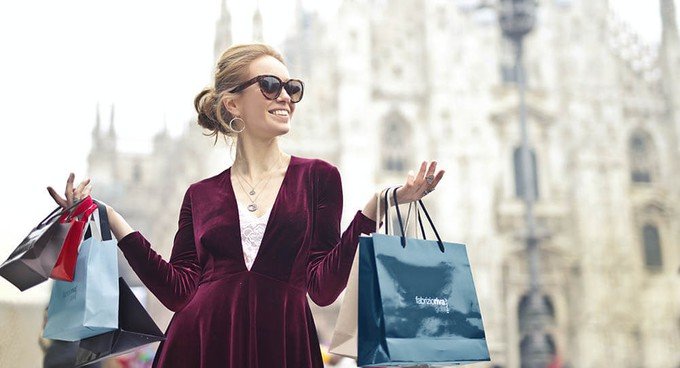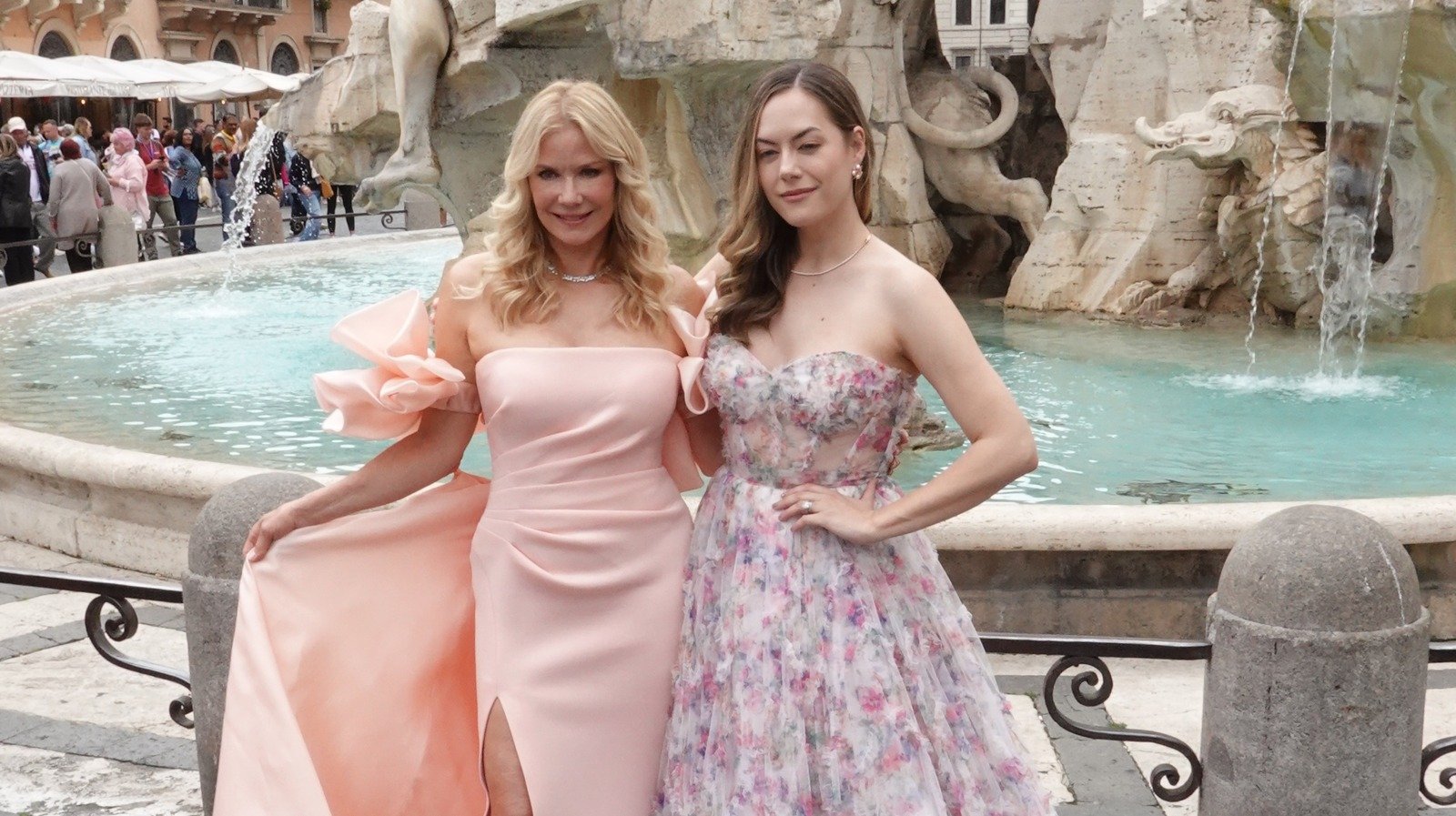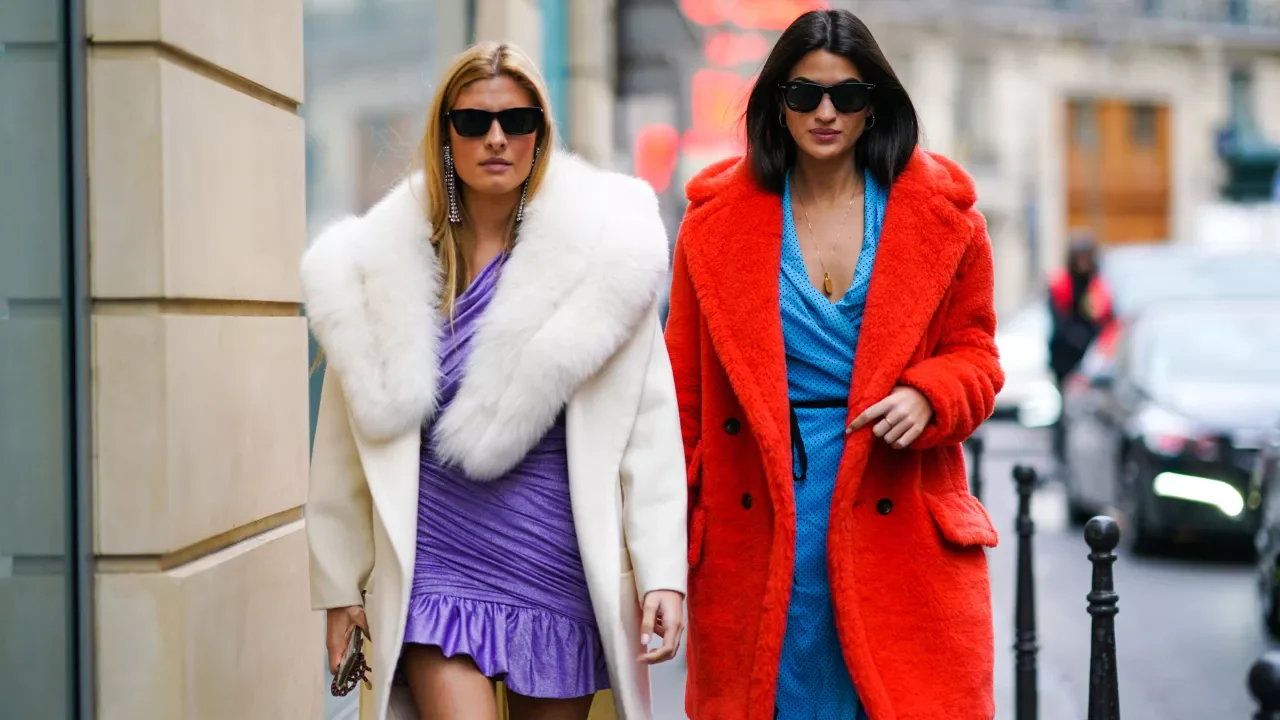In the ever-evolving world of fashion, where trends shift like the seasons, a new ethos is taking center stage: sustainability married to luxury. The concept of Eco Luxe represents a revolutionary approach that blends environmental consciousness with the opulence and glamour that fashion aficionados crave. This movement is not merely a trend but a transformative shift, redefining what it means to be fashionable in the 21st century. For environmentally conscious fashion lovers who refuse to compromise on style, Eco Luxe offers a vision of glamour that is as ethical as it is exquisite.
The Rise of Eco Luxe
The fashion industry has long been criticized for its environmental footprint. From water-intensive cotton farming to the carbon emissions of global supply chains, the cost of fast fashion has been steep for the planet. According to the United Nations Environment Programme, the fashion industry is responsible for 10% of global carbon emissions and 20% of wastewater production. These staggering figures have fueled a growing demand for change, prompting designers, brands, and consumers to rethink their approach to style.
Enter Eco Luxe, a movement that seeks to harmonize sustainability with the allure of high fashion. Unlike fast fashion, which prioritizes speed and disposability, Eco Luxe emphasizes quality, longevity, and ethical production. It is a celebration of craftsmanship, where every stitch tells a story of environmental stewardship and social responsibility. This philosophy resonates with a new generation of consumers who view fashion as an extension of their values, demanding transparency and accountability from the brands they support.
The Pillars of Eco Luxe
At its core, Eco Luxe is built on three key pillars: sustainable materials, ethical production, and timeless design. These elements work in tandem to create a fashion ecosystem that is both glamorous and responsible.
1. Sustainable Materials
The foundation of Eco Luxe lies in the use of eco-friendly materials that minimize environmental harm. Designers are increasingly turning to innovative fabrics such as organic cotton, recycled polyester, and Tencel, a biodegradable fiber derived from sustainably sourced wood pulp. These materials not only reduce the reliance on virgin resources but also offer a luxurious feel that rivals traditional fabrics.
For instance, brands like Stella McCartney have pioneered the use of vegan leather made from mycelium, the root structure of mushrooms. This material is not only cruelty-free but also biodegradable, offering a sustainable alternative to conventional leather. Similarly, luxury houses like Chloé are experimenting with regenerated cashmere and silk, breathing new life into pre-loved fibers. These advancements prove that sustainability need not come at the expense of sophistication.
2. Ethical Production
Beyond materials, Eco Luxe places a premium on ethical production practices. This means ensuring fair wages, safe working conditions, and respect for artisans throughout the supply chain. Many Eco Luxe brands partner with cooperatives and small-scale producers in developing countries, empowering local communities while preserving traditional craftsmanship.
Take, for example, the work of Gabriela Hearst, whose eponymous label is renowned for its commitment to ethical sourcing. Hearst collaborates with Uruguayan ranchers to produce traceable wool, ensuring that every step of the process adheres to strict environmental and social standards. Such initiatives not only elevate the quality of the final product but also foster a sense of connection between the consumer and the artisans behind the garment.
3. Timeless Design
The third pillar of Eco Luxe is the emphasis on timeless design. In contrast to the fleeting trends of fast fashion, Eco Luxe prioritizes pieces that are built to last—both in terms of durability and aesthetic appeal. These are garments designed to be cherished, worn for years, and passed down through generations.
This approach is epitomized by brands like Eileen Fisher, whose minimalist silhouettes and neutral palettes transcend seasonal fads. Fisher’s designs are crafted with versatility in mind, allowing consumers to mix and match pieces effortlessly. By investing in timeless staples, Eco Luxe encourages a shift away from disposable fashion, promoting a wardrobe that is both sustainable and endlessly stylish.
The Glamour of Eco Luxe
While sustainability is the backbone of Eco Luxe, glamour is its heartbeat. Far from the utilitarian aesthetic often associated with eco-friendly fashion, Eco Luxe embraces bold silhouettes, rich textures, and meticulous detailing. It is a celebration of beauty that does not compromise on ethics.
Consider the work of designers like Ronald van der Kemp, whose couture collections are crafted entirely from upcycled materials. Van der Kemp transforms discarded fabrics into one-of-a-kind gowns that grace red carpets and fashion editorials. His creations prove that sustainability can be synonymous with extravagance, offering a vision of glamour that is as unique as it is responsible.
Similarly, brands like Reformation have mastered the art of eco-chic, producing dresses that combine playful prints with sustainable fabrics. Their collections are beloved by celebrities and influencers, demonstrating that Eco Luxe has broad appeal. Whether it’s a flowing maxi dress or a tailored blazer, these pieces exude a sense of effortless elegance that captivates fashion lovers worldwide.
The Consumer’s Role in Eco Luxe

The rise of Eco Luxe is not solely the work of designers and brands; consumers play a pivotal role in driving this movement forward. Today’s fashion enthusiasts are more informed than ever, using their purchasing power to support brands that align with their values. Social media platforms like X have amplified this shift, providing a space for consumers to share insights, discover sustainable brands, and hold companies accountable.
For environmentally conscious fashion lovers, embracing Eco Luxe means making intentional choices. This might involve investing in fewer, higher-quality pieces, supporting second-hand markets, or exploring rental platforms for special occasions. Services like Rent the Runway and HURR have made it easier than ever to access luxury fashion without contributing to waste, allowing consumers to enjoy glamour guilt-free.
Moreover, consumers are increasingly demanding transparency from brands. They want to know where their clothes are made, who made them, and what materials were used. In response, many Eco Luxe brands are adopting blockchain technology to provide end-to-end traceability, ensuring that every garment tells a story of sustainability.
Challenges and Opportunities
Despite its promise, the Eco Luxe movement faces challenges. One of the primary hurdles is cost. Sustainable materials and ethical production often come with a higher price tag, making Eco Luxe less accessible to the average consumer. However, this is changing as economies of scale improve and more brands enter the market. Affordable yet sustainable labels like Everlane and People Tree are proving that eco-friendly fashion can be inclusive.
Another challenge is greenwashing, where brands falsely claim to be sustainable to capitalize on consumer demand. To combat this, certifications like GOTS (Global Organic Textile Standard) and Fair Trade provide a reliable benchmark for authenticity. Consumers can also look for third-party audits and transparent supply chain disclosures to ensure that a brand’s claims are legitimate.
On the flip side, these challenges present opportunities for innovation. Advances in technology, such as lab-grown diamonds and 3D-printed fabrics, are pushing the boundaries of what’s possible in sustainable fashion. Meanwhile, collaborations between luxury houses and eco-conscious startups are fostering a new era of creativity, blending heritage craftsmanship with cutting-edge sustainability.
The Future of Eco Luxe
As we look to the future, Eco Luxe is poised to redefine the fashion industry. With climate change and social equity at the forefront of global conversations, the demand for sustainable glamour will only grow. This movement is not just about creating beautiful clothes; it’s about building a world where fashion is a force for good.
In the coming years, we can expect to see even greater integration of technology and sustainability. From AI-driven supply chain optimization to biodegradable packaging, the possibilities are endless. At the same time, the rise of circular fashion—where garments are designed to be recycled or repurposed—will further reduce waste and extend the lifecycle of luxury pieces.
For consumers, the journey toward Eco Luxe is one of empowerment. By choosing brands that prioritize the planet and its people, they are shaping the future of fashion. Whether it’s a handcrafted handbag made from recycled materials or a couture gown crafted with zero-waste techniques, every purchase is a statement of values.
Conclusion
Eco Luxe is more than a fashion trend; it is a movement that celebrates the intersection of sustainability and glamour. It invites us to reimagine what luxury means in a world that demands responsibility and care. For environmentally conscious fashion lovers, Eco Luxe offers a way to indulge in beauty without compromise, proving that style and ethics can coexist harmoniously.
As we embrace this new era of fashion, let us do so with intention and joy. Let us choose pieces that tell a story, support artisans, and honor the planet. In the world of Eco Luxe, glamour is not just about looking good—it’s about feeling good, knowing that our choices are making a difference. So, here’s to a future where every runway is green, every wardrobe is timeless, and every outfit sparkles with purpose.






Leave a Reply